Lots of people wonder about what artistic photography is. However, not many people attempt to answer this question. Oftentimes, you’ll see answers to a similar question about fine art photography. Though obviously related, these questions aren’t quite the same thing. So, today, we dive into the question of what artistic photography is.
Definition
It’s difficult to define artistic photography. It almost seems to be an instance of when you see it, you know. However, artistic photography is created with the intent of creating art using the medium of photography. The photographer attempts to create an aesthetically appealing, transformative, or imaginative composition which inspires higher thought and often requires a high degree of skill in order to create.
Since everyone has their own ideas about what constitutes “aesthetically appealing,” “transformative,” or “imaginative” in photography, I cannot be more precise than this in my definition. I wish I could but art in general is highly subjective by nature. My definition of art may be very different from your definition of art. Thus my definition of artistic photography may be different from yours.
Sub-Genres
It seems almost pointless to discuss what sub-genres of photography would fall under the heading of artistic photography. This is because any and every genre of photography, with the exception of photojournalism, can be artistic photography.
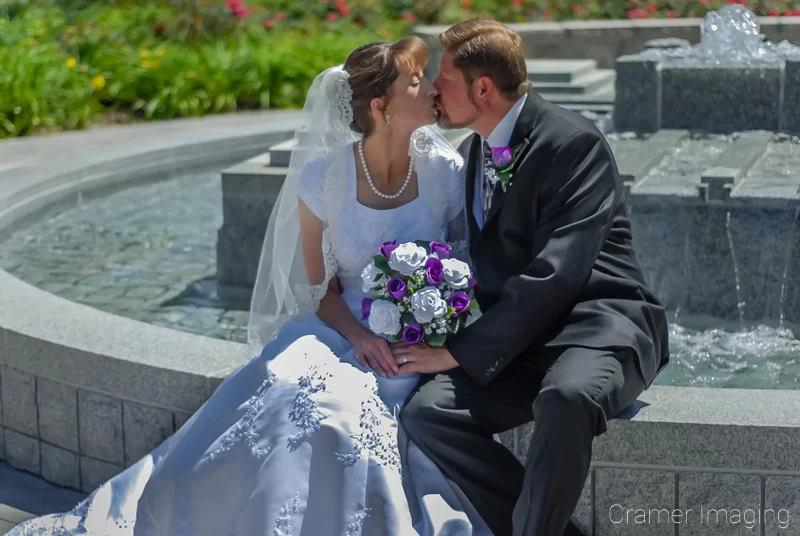
Photojournalism focuses on representing the scene in front of the photographer with all its glory and flaws. It is truly representational photography in essence and definition. Artistic photography strays away from strict representation into an area where the photographer often adds something of him or herself into the final image. Thus we can see artistic photos of weddings, portraits, sports events, landscapes, wildlife, abstracts, architecture, fashion, still life, macro, conceptual, manipulations, and more.

Commercial photography, including modeling photography, may fall under the heading of artistic photography. Commercial and modeling photographers certainly aim to add an artistic flare to their images. However, the purpose of trying to sell you something outside of the photo itself removes such photo genres from the general category of artistic photography for many people. It’s up to you to decide for yourself whether or not commercial and modeling photography are indeed artistic photography or not.
Popularity
Artistic photos are popular no matter where you turn. It’s true that some genres favor more of an artistic representation over representational imagery more than others do. Oftentimes, however, each genre will give you a mix of both straight representation and artistic expression. It’s often this artistic flare or photographer’s style which attracts us to artistic photography in the first place.

Consider this, we don’t see photojournalism photos up for sale except to major news publications. This is because humans want something pleasing to look at and photojournalism often is far from pleasing. It’s often raw and brutal in its depictions. On the other hand, artistic photography often provides that much more pleasing view. So, we naturally gravitate more towards artistic photography in any form.
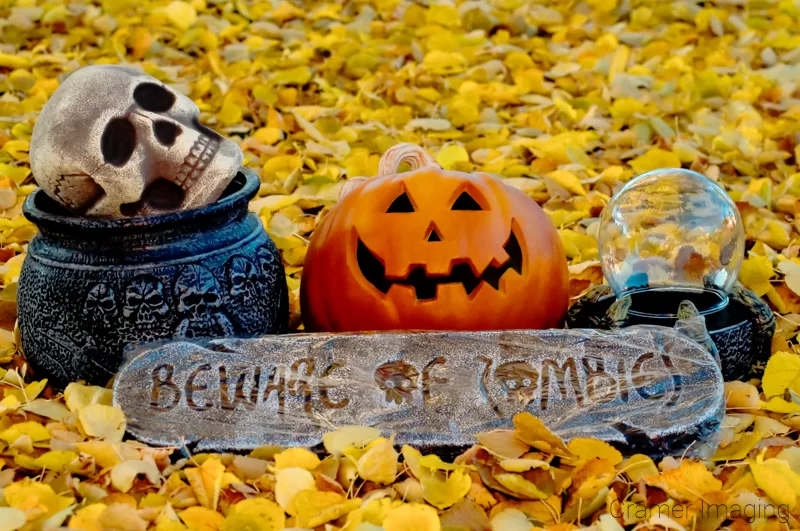
Also, consider that it’s the creative and artistic side of commercial and modeling photography which entices us to purchase the product or service featured in the image(s). Such visually appealing images are often the key to sales.
Purpose
Artistic photography is meant to be expressive. It seeks to evoke a feeling or an emotion in the viewer. All art and most genres of photography seek to do that very same thing.
Weddings and other events, along with portraits, can seek to connect a viewer with a particular time and place. They often seek to evoke a feeling of nostalgia, triumph, or other positive emotions.
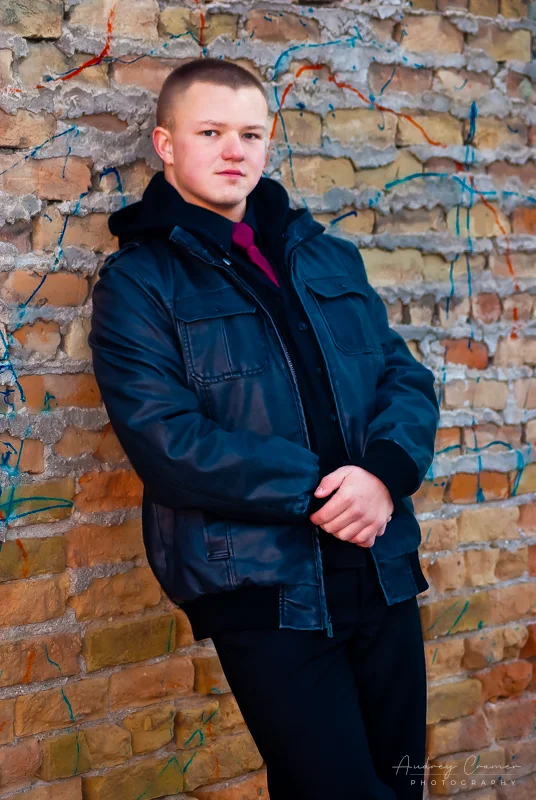
Other genres of photography may not attempt to make a specific connection with a point in the past. Instead, they may connect in with memories from different times and places with people. The meaning and significance will be different to each and every person because of his or her unique experiences in life. You will find this true for genres like landscape photography, wildlife photography, abstract photography, macro photography, photo manipulations, and more.
Commercial photography, if you believe it is artistic photography, seeks to make a product or service seem appealing. It seeks to convince an audience that they need to buy whatever product or service is featured. This is also evoking an emotion: desire.

While each of these example photography genres seeks to evoke different emotions in different ways, each is still a kind of artistic photography. In the end, each listed and unlisted genre of artistic photos is still artistic in nature. It seeks the same overall goal in its viewer.
Uses
Artistic photography is created to be displayed as many other types of visual artwork are. You may hang it on walls, publish it in books, display it as computer wallpaper and screensavers, print it in calendars, even add it to mugs. The list of uses is still growing. We use such artistic photos for visual edification and the enjoyment of all who behold them.

Some genres, such as weddings and portraits, have more limited audiences and, thereby, more limited uses. However, you can still use the artistic photos from those genres the same way you can from more ubiquitous genres like landscapes. Your use options may be MUCH smaller because of the size of your audience. But such artistic photos still have their place and use.
If commercial photography falls under this heading, then it’s the most ubiquitous of all artistic photography. It’s everywhere and its use is obvious: advertising.
How to Tell if a Photo is an “Artistic Photo”
Discerning whether or not a particular photo is intended as an artistic photo can be a difficult business. Oftentimes, the efforts of beginner and amateur photographers can be very difficult to discern intent as they are still mastering the craft of photography. Artistic intentions can be lost in technical imperfections.

In these cases, see if there’s any accompanying text to tell you, any context which you can glean the answer from, or just straight up ask the photographer yourself. These methods should give you an answer. The photographer certainly can give you the answer you seek.

Once a photographer has mastered his or her craft enough (it varies wildly between genres and photographers), you will begin to easily discern the artistic intent behind the photo. You will not need to ask whether or not the photographer intended it as art. It will be obvious, even with the more edgy photography styles, genres, and subject matter.
Here are a few more objective criteria to try and judge the situation. Firstly, look at whether or not beauty (or inspiration to higher thought) is included. Second, check whether or not the piece evokes an emotion in you (positive or negative). Also look at the degree of skill used in the creation of the artwork. These criteria should assist you in your mission of discerning whether or not artistic intent lies behind the creation of the photo(s) in front of you.
Conclusion
Artistic photography is all about artistic expression and evoking emotion in the viewer using the medium of photography. Is there photograph which you find inspiring, beautiful, transformative, or thought provoking? Likely this is artistic photography for you. Enjoy the quality workmanship which has gone into creating this unique visual display.
If you’re interested in buying some of the artistic landscape photos which you see depicted here, then follow this link to our online store where you can order your copy today.



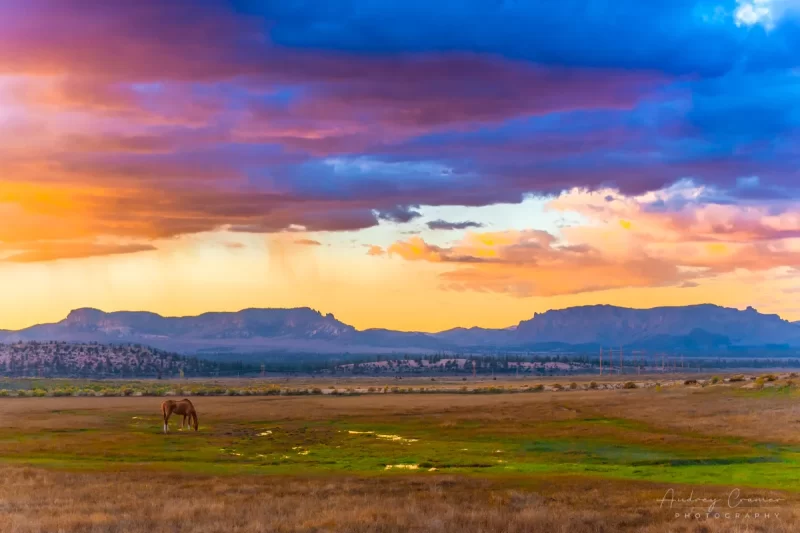
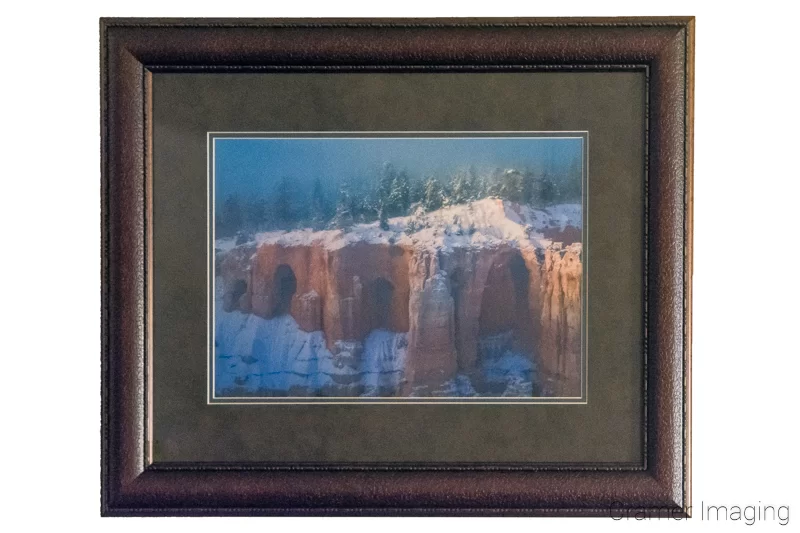


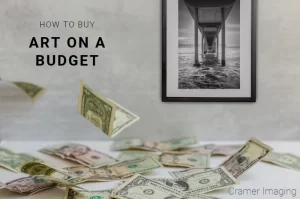

Interesting article and a brave attempt to define the largely subjective and illusive definition of “artistic photography”. An interesting and well written article. Thanks for sharing!
Thank you. Glad you enjoy!